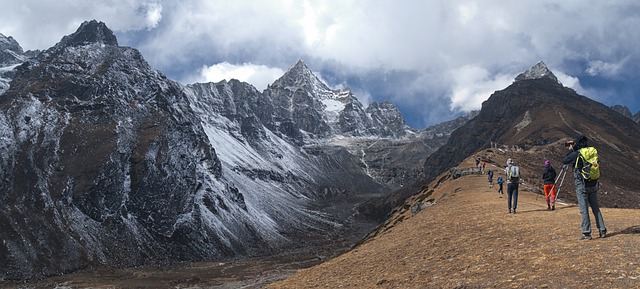The best time to trek in Nepal depends on which Nepal hiking routes you have chosen, and the altitude of the passes. Another important deciding factor is whether you can deal with cold or are prepared to risk getting wet!
Some regions are inaccessible over the winter time when snow blocks high mountain passes. Monsoon rains play a big role when planning your trip to Nepal. Some places are too humid during summer or completely flooded out.
In this guide, I'll go through each of Nepal's seasons and discuss their suitability for trekking. We will take a look at the country's main trekking regions and the ideal time to trek these areas. Finally, I'm going to suggest some key gear to pack for your Nepal trek.
When Is The Best Time To Hike In Nepal?
Generally speaking, the best time to trek in Nepal is post-monsoon September-November. This is peak trekking season. Temperatures are fair and the weather is about as stable as you can hope for. Skies are also clear this time of year so hikers get the stunning mountain views.
Nepal is a diverse country with different regions and their own weather patterns. If you are planning your Nepal trek, you should be aware that weather can be unpredictable. Mountainous regions are notorious for storms, rain, and snow, even during ‘good hiking months’.
Nepal Trekking Seasons
Pre-Monsoon, Spring
The pre-monsoon season lasts from February to late April. This is Springtime in Nepal. During the start of the season, the temperatures are chilly becoming mild as the months progress.
In the lower ranges and hills ( 800-2,000m (2,600-6,600ft) temperatures range from about 16-23ºC (61-73ºF). On the 5000m + mountain passes, including Cho La, Larkya La and Thorung La, the snow starts to melt and paths clear for hiking.
One of the best things about trekking Nepal in Spring is that the rhododendron bushes and wildflowers are in bloom. The days are usually sunny and warm, while nights can be chilly, especially at higher altitudes.
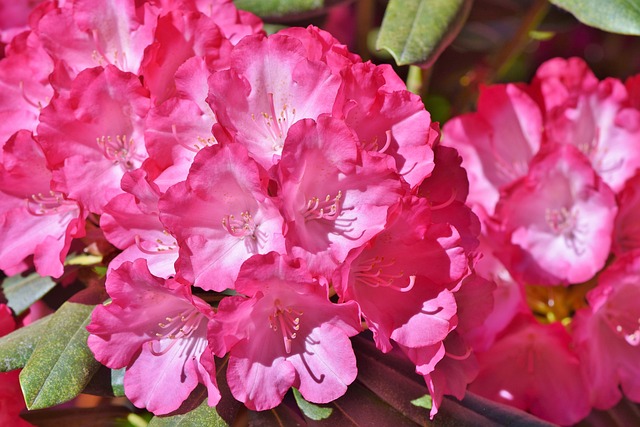
If you are planning to fly in to Nepal trekking regions, February to April is a fairly safe bet. Skies are usually clear and there is less chance of flight cancellations
One downside to hiking in Spring is that the trail can be quite dusty. There can also be occasional rain showers. There is more of a haze in lower altitudes over the Springtime, you may need to climb higher up the mountains for a clear panoramic view.
In early May, the weather is normally still good for hiking. Be aware that the later in Spring you hike, the more chance of rain. It also gets more humid in low-lying areas closer to summer
Post Monsoon, Fall
October-November is Fall in Nepal. Temperatures in the hills and lowlands are cool and comfortable, averaging between 15-24ºC (59-75ºF). Most people consider this the ideal time for hiking in Nepal, at least in terms of climate.
Following the rains, the dust and pollution have settled and trekkers get clear views. This lasts throughout the day and into the afternoon. By late November, the evenings start to get a lot colder, especially higher up. Be prepared by packing a good, low-temperature sleeping bag.
Fall is also the busiest trekking season. Expect to find many trekkers on the trails. You will also find that the Nepal tea houses are full over these months. Everest Base Camp and Annapurna Circuit are particularly popular routes and become crowded over this time.
Shoulder Months - September and December
The shoulder months for trekking in Nepal can be the best time of the entire year. Late September and early December are an opportunity to miss the bulk of the crowds, post- monsoon.
Trekking on the edge of the season is rolling the dice in terms of rain. It’s almost impossible to be sure that the monsoon won’t last longer or winter snows arrive early. If you do get lucky, the weather can be just as good as peak season with less than half the people around.
The end of December starts to become too cold. Plus, many tea house accommodations close at this time.
Monsoon Season
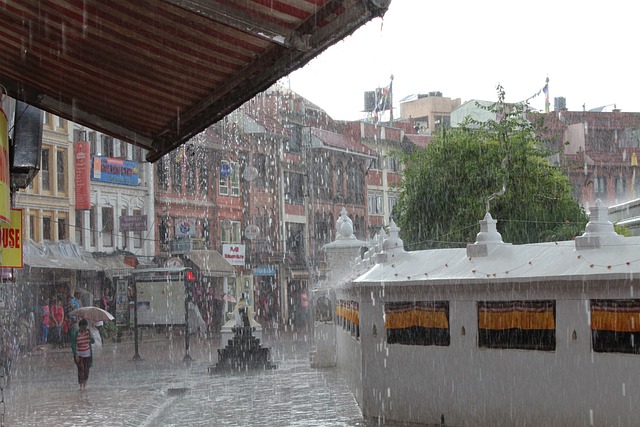
May through to August (and even mid-September) is not the best time to hike in Nepal. This is summertime which co-incides with the Monsoon rains.
Temperatures are high, averaging between 27/29 °C (81/84 °F) reaching above 40 °C (104°F) in the lowlands. Moisture rises off the Indian oceans and condenses.
You can expect lots of cloud coverage, haze and frequent heavy downpours. This is most intense over July. In the lower regions, trekking is still unpleasant with trails getting very muddy and lots of leeches around.
From July onwards, things tend to calm down as it gets closer to fall.
Note: If you do want to do Himalayan trekking between June-August, opt to visit the Indian Himalayas. The Ladakha region stays mostly dry throughout the summer. Trekking around Ladakha also has the benefit of a lot fewer trekkers than Nepal. Check out the Markha Valley Trek.
Can You Trek Nepal in Winter? (December-February)
Trekking Nepal in Winter is not generally recommended. This is for two main reasons:
Firstly, It’s extremely cold. During the day, temperatures range between about 1-12ºC (33-54ºF) . This drops well below zero during the night.
Secondly, most high altitude passes are covered in snow and closed to trekkers between November-March. Inaccessable passes include Thorong La (Annapurna), Kongma La and Cho La (in the Everest reason).
If you have a high cold tolerance and don’t mind sticking to lower trails and mid-altitudes, you may actually enjoy December trekking in Nepal. There are much fewer hikers on the trails. The cooler air can be nice and refreshing around Christmas and New Year.
Note: Most tea house accommodation do not have heating. Thermal layers of clothing are an essential packing item for winter hikes in Nepal.
Best Time To Hike In Nepal - By Region
Higher Regions - Annapurna base Camp, Everest
The high lying regions including Everest and the Annapurna region are best trekked in the post-monsoon months. This is because there is less chance of avalanches and snowfall. Temperatures also warm up to acceptable levels during this time.
Planning on hiking the Annapurna circuit? Check out this article on Annapurna circuit weather.
Manaslu and Langtang Valley
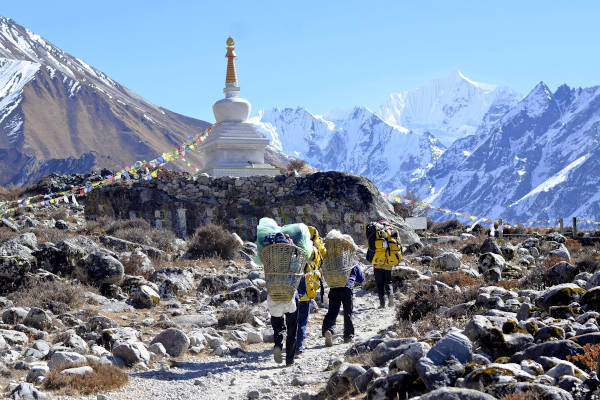
Langtang valley and Ghorepani Valley (Poohill Trek) regions are not as susceptible to snow or avalanches. This means the treks like the Langtang Valley Trek and Manaslu circuit are open during the pre-monsoon season. It's a good time to hike as temperatures are milder and the trails are less crowded.
These regions are also open for trekking over the cold winter months. Over summer, the trails get muddy and the weather can be uncomfortable and humid.
Manang, Mustang and Dolpo
Low-lying hill treks like those around Manang, Mustang and Dolpo regions are just out of the rain shadow. These areas don’t experience the typical monsoon downpours. Many of the routes are still accessible in the summer months or at least later into the season.
Far Western Region/ Humla
The far western region of Nepal is one of the least visited regions of the country. The best known trek in the far west is the Limi Valley Trek. The Humla region is outside of the monsoon area in a rain shadow and many people trek here over summer (June to Sept). It is possible to trek this trail for most of the year except winter (December-February) when snow covers the passes.
Rara National Park
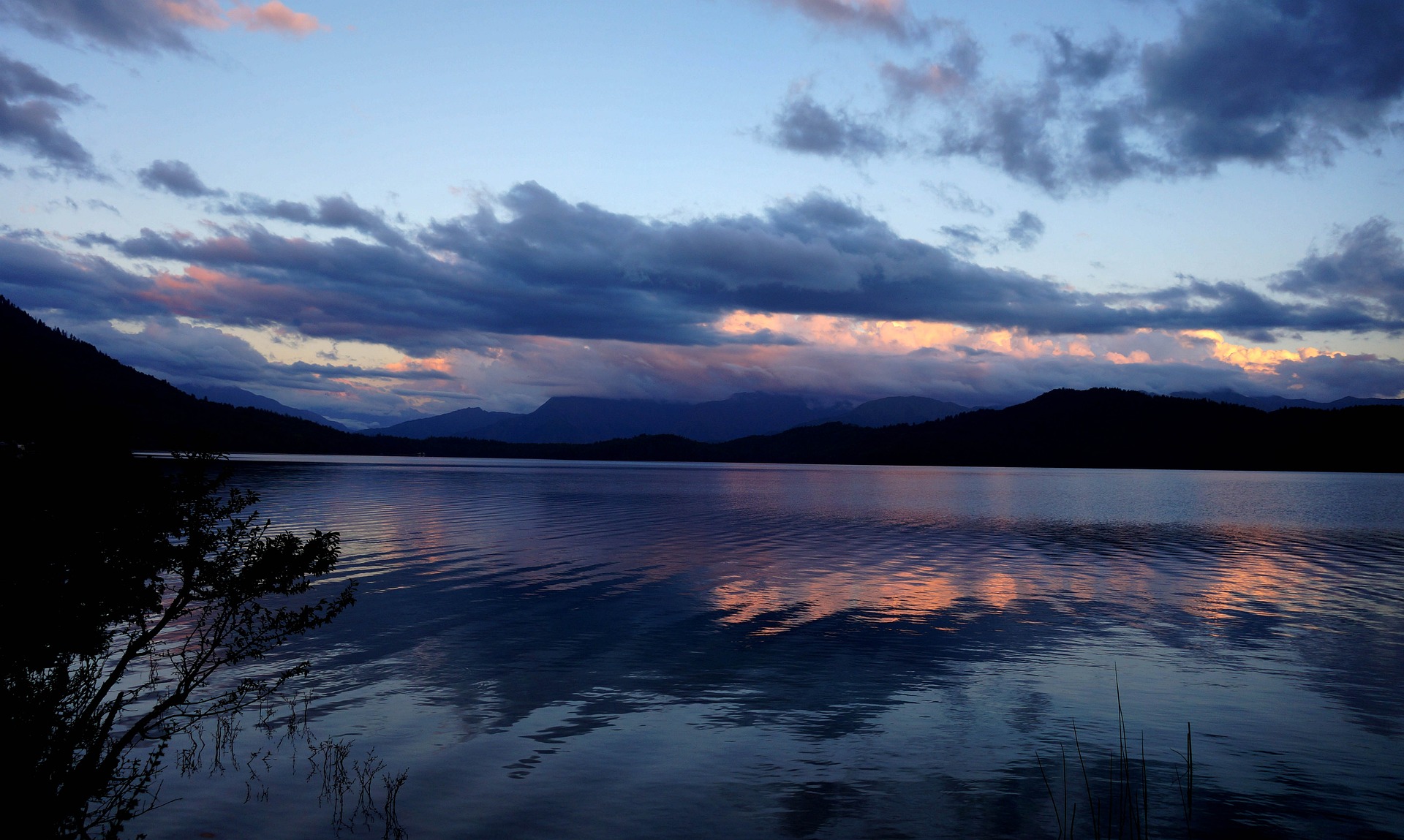
Rara National Park is home to Nepal’s biggest lake, Rara. This area is busy over the warm summer. The Rara Lake Trek is best in Spring (March-May) when the rhododendrons are in bloom and the landscape is at its prettiest. September to November is peak season and the trails get very busy. Early winter (December) is also possible for hiking.
Dhaulagiri Region
The Dhaulagiri region and the Dhaulagiri circuit is best trekked in Autumn and Spring. During other times of year you, wether conditions can be too cold or too hot and humid with high danger of landslides.
Kanchenjunga region
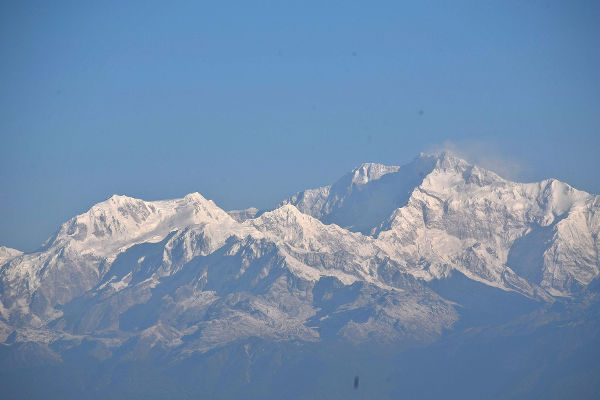
This high-lying region is best hiked before or after the monsoons. Trekking season is during the autumn (September to November) and spring (March to May). In the autumn months, the monsoon season has ended, and the skies are clear, offering stunning views of Kanchenjunga massif and some of the worlds highest mountains.
Essential Gear For Trekking In Nepal: Be Prepared In Any Season!
No matter what time of year you are trekking in Nepal, proper preparation is essential. This means taking with some key items that will make your trek a whole lot more comfortable.
Don't forget these important pieces;
- Thermal layers: These are insulating underclothes are especially important over the winter months. You will also be happy you have them when staying at camps in higher altitudes which get super cold in the evening. Check out some of the best base layers.
- Polarized Sunglasses: This is the first thing I put in my bag for any trip, trekking or otherwise! A good pair of sunnies will keep the sun out your eyes and protect you from the blinding glare at high altitudes. You could break the bank and buy specialist hiking sunglasses but these are going to get limited use outside of alpine peaks. I'm all for insane value, and my go-to for quality sunnies for adventure is the brand, Goodr. Check out the Goodr sunglasses collection.
- Trekking poles: you can rent trekking poles but for regular trekkers, its nice to have your own pair. A set of trekking poles takes the strain of your knees and gives you some support on rocky, steep slopes.
- Hydration Pack: Nepal is a place of extremes. During summer you are going to be rapidly sweating out your moisture reserves. On the other hand, in the cold high altitude passes, its easy to forget to drink regularly. Either way, a hydration pack is the way to go. It gives you easy access to your water supply without having to mess around in your backpack.
One last Item: We always recommend you take out some good travel insurance for Nepal trekking.

